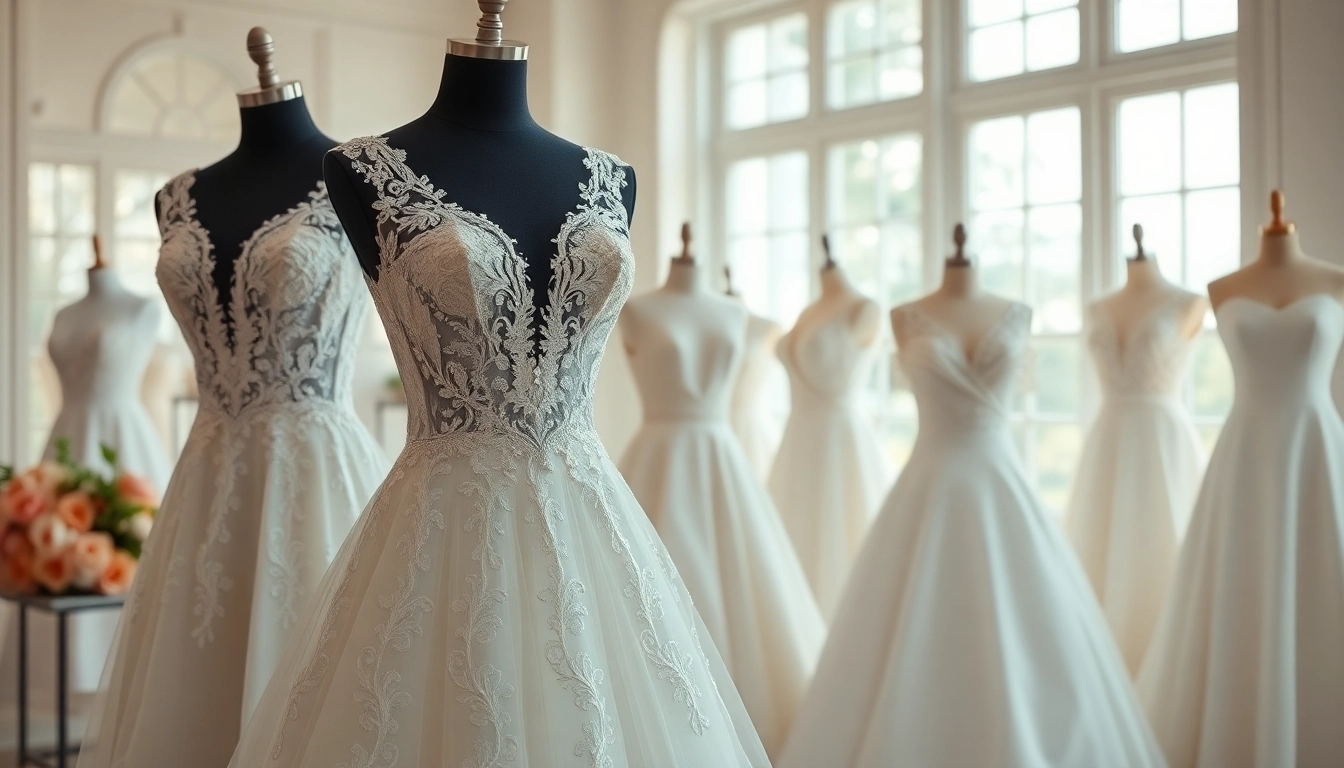Understanding Vintage Frames: A Brief History
Vintage frames evoke a sense of nostalgia, connecting us to the aesthetics and craftsmanship of bygone eras. These decorative pieces not only enhance the beauty of artworks and photographs but also carry stories of the past. Their resurgence in modern homes and design reflects a longing for authenticity and character, distinguishing our spaces through personal style. To explore the charm of vintage frames, we must first understand their historical significance and evolution.
The Evolution of Frame Design
Frame design has undergone significant transformations over the centuries, shaped by cultural influences, artistic movements, and technological advancements. Initially crafted from natural materials like wood and metal, early frames were primarily utilitarian, serving to protect and showcase artwork. As societies evolved, so did their artistic expressions. The introduction of ornate designs during the Baroque period led to frames becoming more decorative, often featuring intricate carvings, gilded details, and elaborate finishes.
Throughout the 19th and 20th centuries, movements such as Arts and Crafts, Art Nouveau, and Bauhaus further influenced frame design. The Arts and Crafts movement emphasized craftsmanship and natural materials, leading to simpler, yet elegant designs. In contrast, the Art Nouveau period celebrated flowing lines and organic forms, resulting in frames that echoed the beauty of nature. Bauhaus brought a focus on functionality and minimalism, steering the direction of modern frame design.
As we moved into the latter half of the 20th century, the emergence of mass-produced frames made them more accessible. However, it was the vintage frames from the mid-20th century, characterized by unique styles like cat-eye and aviator frames, that captured the imagination, blending artistic flair with everyday wearability. This convergence of style and function laid the groundwork for the vintage frame resurgence we see today.
Defining Characteristics of Vintage Frames
Identifying vintage frames involves recognizing their distinct characteristics that set them apart from contemporary counterparts. Generally, vintage frames are defined by unique designs, rich textures, and the use of traditional materials. For instance:
- Design Elements: Vintage frames often feature intricate detailing, from ornate carvings to classic color schemes that reflect the era in which they were created.
- Materials Used: Traditional materials such as hardwood, brass, and even ceramics were commonly utilized in vintage frames, imparting a sense of authenticity.
- Patina and Aging: The natural aging process gives vintage frames character, with hints of history reflected in their wear, making each piece unique.
- Craftsmanship: Many vintage frames are hand-finished and reflect the craftsmanship of their time, often resulting in superior quality compared to mass-produced alternatives.
Significance in Art and Decor
Vintage frames play a pivotal role in art and decor, serving both functional and aesthetic purposes. They act as a canvas for displaying cherished memories, family portraits, and original artworks while contributing to the overall design narrative of a space.
In interior design, vintage frames add depth and intrigue to rock-solid design schemes. For example, a gallery wall adorned with an array of vintage frames can create visual interest, turning a simple arrangement into an artistic statement. Furthermore, the juxtaposition of vintage frames against modern decor can enhance the overall aesthetic, allowing them to stand out as conversation pieces.
Additionally, the pursuit of sustainable and eco-conscious living has led many to appreciate vintage frames as an eco-friendly decor choice. By choosing vintage, consumers not only preserve history but also reduce waste, extending the life of these exquisite pieces.
Types of Vintage Frames: Which One Suits You?
When selecting vintage frames, it is essential to consider the various styles available. Different materials and designs can significantly influence the ambiance of your space. Below are some types of vintage frames, each with its unique charm and suitability.
Wooden Frames: Classic Elegance
Wooden frames exude timeless elegance and natural beauty. Often hand-carved, wooden frames can range from simple designs to ornate, gilded frames adorned with detailing that reflects different periods, such as the Renaissance or Baroque. The warmth of wood brings a comforting element to any environment.
Wooden frames can also be finished in various ways—painted, stained, or left in their natural state, allowing for versatility in matching with existing decor styles. They are particularly suitable for framing fine art, family portraits, or prints that benefit from a classic touch.
Metal Frames: Sleek and Modern Options
Metal frames continue to gain popularity for their sleek, modern aesthetic. Available in various finishes such as brass, gold, or silver, these frames can add a contemporary flair while embodying vintage charm. Metal frames are particularly effective in showcasing minimalistic art styles or photographs, providing a clean and professional presentation.
They work beautifully in industrial or modern settings, contrasting effectively with soft furnishings or vintage textures within the space. Additionally, they are often more durable than their wooden counterparts, making them a practical option for those with an active household.
Glass Frames: Transparency and Style
Glass frames, while less common, offer a unique and stylish alternative to traditional frames. Often featuring clean lines and minimalist details, glass frames can bring a lightness and transparency to displays. They are particularly effective for displaying artworks or photographs in a way that doesn’t distract from the visual subject matter.
For a different aesthetic, layered glass frames create an illusion of depth, perfect for showcasing textiles or prints that add dimension to the display. Although they require careful handling, glass frames can enhance the overall elegance of any artwork, reflecting light beautifully and captivating viewers.
How to Choose the Right Vintage Frames for Your Space
Choosing the right vintage frames involves considering aesthetics, size, and the overall composition within your space. Here are some key elements to keep in mind during the selection process.
Consider Your Room’s Aesthetic
Your choice of vintage frames should align with the overall aesthetic of the room. Observe your existing decor and colors to ensure cohesion. For example, if you have a farmhouse-style interior, wooden frames with distressed paint may enhance your decor. On the other hand, if your space is more modern, opting for sleek metal frames could add a contemporary touch.
Additionally, consider the colors within the artwork or photos you plan to frame. Choosing frames that complement or contrast with the palette can create a harmonious look, ensuring that your selection highlights the art rather than competes with it.
Size and Proportion: Getting It Right
The size and proportion of the frames you select are crucial for achieving visual balance in your displays. Oversized frames can create a dramatic focal point in a room, while smaller frames work well for more intimate displays. It’s important to consider the space available for your arrangement and to plan for appropriate spacing between frames to avoid a cluttered appearance.
A helpful tip is to use painter’s tape to outline the size and shape on the wall before hanging your frames. This can provide a clear visual reference for how different sizes will look in relation to each other and the surrounding decor.
Combining Frames for a Gallery Wall
Creating a cohesive gallery wall can elevate your decor and showcase your personality. When incorporating multiple frames, consider varying the sizes, orientations, and styles for an eclectic yet harmonious look. To achieve balance, choose a unifying element such as a color scheme or theme to tie the collection together.
Arranging your frames on the floor before hanging them on the wall allows for experimentation. Begin by placing your largest frame at the focal point, then layer in smaller frames around it. Remember to keep spacing consistent, typically around 2-4 inches apart, to maintain visual harmony. Once satisfied, hang your frames with care and enjoy your personalized art display!
Caring for Your Vintage Frames
Preserving the quality and appearance of vintage frames requires proper care. These delicate pieces can be susceptible to wear and tear, so understanding cleaning, maintenance, and storage methods is essential for longevity.
Cleaning and Maintenance Tips
To maintain the beauty of vintage frames, regular cleaning is essential. Use a soft, dry cloth to gently wipe down the surfaces, removing dust and debris without damaging the finish. Avoid harsh chemicals or abrasive materials that can cause scratches or discoloration.
For wooden frames, consider applying a specialized wood polish occasionally to keep the surface nourished. Metal frames can benefit from a polishing cloth designed for their specific finish, ensuring they retain their luster.
Repairing Minor Damage
Over time, vintage frames may suffer from minor damage such as scratches, loosened joints, or chipped edges. For small scratches, a touch of furniture polish or a wood repair marker can often suffice, revitalizing the frame’s appearance without the need for extensive repairs.
If joints become loose, you may need to disassemble the frame and re-glue or clamp as necessary. For significant damage, such as broken corners, consider consulting a professional for restoration to preserve the integrity of the piece.
Storing Vintage Frames Safely
If you own a collection of vintage frames that you rotate or store, ensure they are kept in a safe environment to prevent damage. Store frames upright in a dry, temperature-controlled area away from direct sunlight, which can fade colors and warp materials.
Use acid-free storage materials, such as cardboard or felt, to separate frames, minimizing the risk of scratching as they are stacked. For valuable or delicate frames, consider using padded boxes for additional protection during storage.
Where to Buy Authentic Vintage Frames
Finding authentic vintage frames can be an enjoyable treasure hunt. Here are several avenues to explore for acquiring these timeless pieces.
Antique Shops and Flea Markets
Antique shops and flea markets are ideal venues for finding vintage frames with unique designs and stories. These places often have curated collections filled with a variety of styles and eras. Take the time to browse through different vendors, as some may specialize in vintage decor, offering specialized knowledge and higher quality selections.
When shopping in person, don’t hesitate to ask questions about the history and condition of the frames, as sellers are often passionate about their inventory and may provide valuable insights.
Online Marketplaces for Vintage Finds
The convenience of online marketplaces has made sourcing vintage frames easier than ever. Websites like eBay, Etsy, and even dedicated vintage shops allow collectors to explore a wide range of options, often providing high-quality images and detailed descriptions. For those with specific tastes, online shops like Picture Frames offer curated selections highlighting frames with intricate detailing and rich patinas.
Evaluating Authenticity and Value
When purchasing vintage frames, especially online, it is essential to evaluate their authenticity and value. Look closely at the details: check for maker’s marks, signs of craftsmanship, and the frame material used. Research similar pieces to understand the market value and ensure you’re making a fair investment.
If possible, obtain a provenance or history of the piece, which can add to the frame’s narrative and investment value. Finally, buying from reputable dealers or established antique shops can provide assurances regarding authenticity and condition.
In conclusion, vintage frames offer an exciting way to celebrate art, connect with history, and personalize your living space. By understanding their evolution, characteristics, types, and care methods, you can skillfully incorporate these timeless pieces into your décor, showcasing your unique tastes while preserving invaluable fragments of the past.



